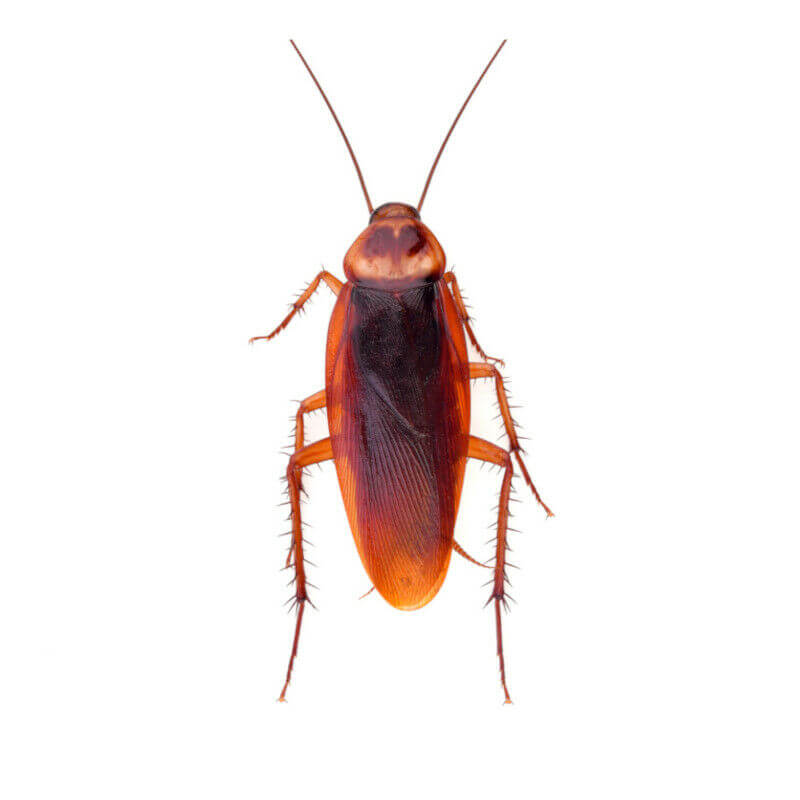 The climate of the Northeast United States is known for its distinct and varied seasonal weather. While these changes in temperature, rain, and wind bring a refreshing change to life with each passing season, they also have an often underestimated impact on the pests that we may encounter at home or in our businesses.
The climate of the Northeast United States is known for its distinct and varied seasonal weather. While these changes in temperature, rain, and wind bring a refreshing change to life with each passing season, they also have an often underestimated impact on the pests that we may encounter at home or in our businesses.
Like many animals, pests adapt their behavior according to changing temperature, moisture levels and food sources available. So as the seasons transform so does their activity level – making it essential for property owners to understand how seasonal weather patterns can affect pest populations.
In this blog post we will explore how fluctuations in weather throughout autumn, winter, spring and summer impact pest control efforts for homeowners and business owners across the Eastern United States.
Pests Affected By Seasonal Changes
 Eastern Pennsylvania is a region of the United States that experiences especially significant seasonal changes. During the summer months, a variety of pests become active and often cause issues for residents.
Eastern Pennsylvania is a region of the United States that experiences especially significant seasonal changes. During the summer months, a variety of pests become active and often cause issues for residents.
Common types of Eastern Pennsylvania pests that become more active during warmer temperatures include ants, wasps, ticks, mosquitos, fleas, and spiders. All of these pests can spread disease or cause health problems if left untreated. It is important to be aware of common seasonal pests so that they can take the necessary steps to protect their families and property.
Weather Patterns and Their Impact on Pest Populations
Understanding seasonal fluctuations in pests populations begins with understanding the three main drivers: temperature, humidity and precipitation. With this information, researchers in Eastern Pennsylvania have been able to monitor pests related to agriculture, forestry and outdoor recreation.
By monitoring these pests on a seasonal basis, researchers can better predict when pest management techniques must be applied to certain geographical regions. Temperature plays the largest role in encouraging pests to move into areas that are most conducive for their survival during specific seasons, while increased levels of humidity tend to increase pests’ reproductive activity. In turn, rainfall facilitates further pests’ migration from one region to another, opening new breeding grounds over time.

